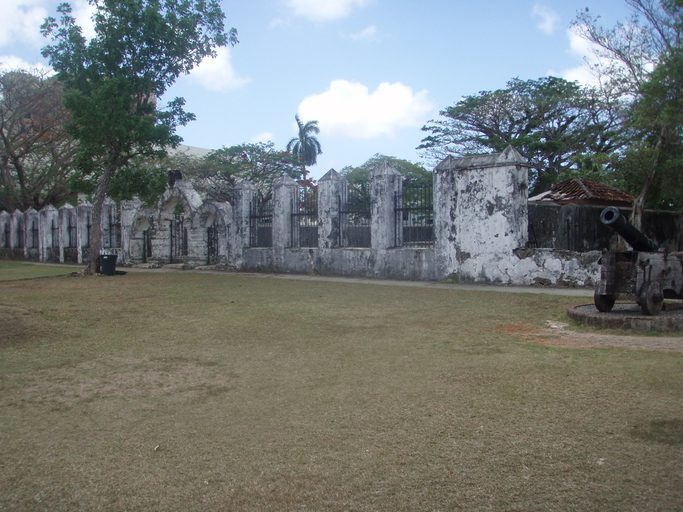Explore Guam’s rich history through its top historical sites: from ancient Chamorro villages to WWII landmarks like the War in the Pacific National Historical Park. Discover the island’s cultural and historical heritage today.


Fort Santa Agueda, also known as Fort Apugan, is one of the last remnants of Spanish fortifications on Guam. Located in Hagåtña, it sits atop Apugan Hill, offering panoramic views of the Philippine Sea and the western side of the island.

This is a flexible section where you can share anything you want. It could be details or some information about your service 3.

Latte Stone Park, located in Hagåtña, Guam, is a cultural and historical site that showcases a collection of latte stones, which are unique megalithic structures used by the ancient Chamorro people as foundation pillars for their homes. These stones are iconic symbols of Chamorro culture and identity.

Fort Nuestra Señora de la Soledad, located in Umatac, Guam, is a historic Spanish fortification overlooking Umatac Bay. Built in the early 1800s, it served as a defense post to protect passing Spanish galleons.

The “Japanese Caves” in Guam are a series of tunnels and caves used by Japanese forces during World War II as command centers, shelters, and storage areas. Primarily located in the northern and eastern parts of the island, these caves have been preserved as historical sites.
